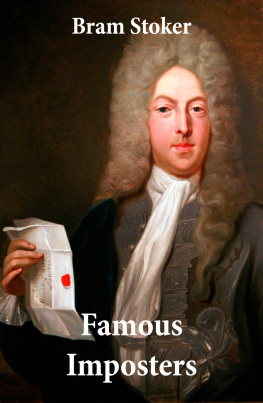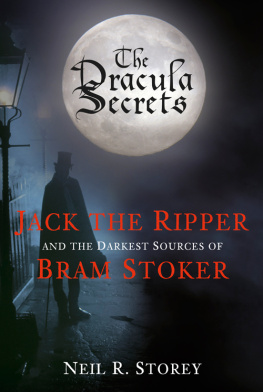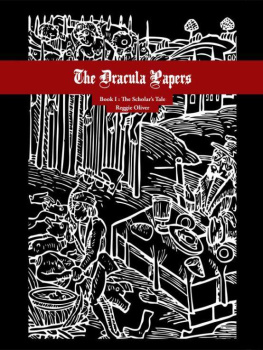Table of Contents
Guide


Other titles from Irish Studies
All Dressed Up: Modern Irish Historical Pageantry
Joan FitzPatrick Dean
Compassionate Stranger: Asenath Nicholson and the Great Irish Famine
Maureen ORourke Murphy
The Irish Bridget: Irish Immigrant Women in Domestic Service in America, 18401930
Margaret Lynch-Brennan
Irish Women Dramatists: 19082001
Eileen Kearney and Charlotte Headrick, eds.
James K. McGuire: Boy Mayor and Irish Nationalist
Joseph E. Fahey
Memory Ireland, Volume 3: The Famine and the Troubles
Oona Frawley, ed.
Memory Ireland, Volume 4: James Joyce and Cultural Memory
Oona Frawley and Katherine OCallaghan, eds.
Representing the National Landscape in Irish Romanticism
Julia M. Wright

Copyright 2015 by Syracuse University Press
Syracuse, New York 13244-5290
All Rights Reserved
First Edition 2015
15 16 17 18 19 20 6 5 4 3 2 1
The paper used in this publication meets the minimum requirements of the American National Standard for Information SciencesPermanence of Paper for Printed Library Materials, ANSI Z39.48-1992.
For a listing of books published and distributed by Syracuse University Press, visit www.SyracuseUniversityPress.syr.edu.
ISBN: 978-0-8156-3424-9 (cloth)
978-0-8156-3414-0 (paperback)
978-0-8156-5350-9 (e-book)
Library of Congress Cataloging-in-Publication Data
Stoker, Bram, 18471912.
The snakes pass : a critical edition / Bram Stoker ; edited and with an introduction by Lisabeth C. Buchelt. First edition.
pages cm (Irish studies)
Includes bibliographical references.
ISBN 978-0-8156-3424-9 (cloth : alk. paper) ISBN 978-0-8156-3414-0 (pbk. : alk. paper) ISBN 978-0-8156-5350-9 (e-book)
1. Stoker, Bram, 18471912. Snakes pass. 2. IrelandIn literature. 3. IrelandSocial conditionsFiction. I. Buchelt, Lisabeth C., editor. II. Title.
PR6037.T617S63 2015
823.8dc23 2015021896
Manufactured in the United States of America
Contents
LISABETH C. BUCHELT
BRAM STOKER
MARK DOYLE
WILLIAM HUGHES
NICHOLAS DALY
SGHLE BHREATHNACH-LYNCH
Notes on the Text
This edition of The Snakes Pass is taken from the first London edition published as a stand-alone novel in 1891. It largely adheres to this version, although silent emendations have been made in the case of obvious typesetting errorsfor example, words that were obviously missing or accidentally duplicated have been added or deletedor to achieve consistency in presentation. British spelling is retained, as is the original hyphenation of compound terms. For the editorial notations, all basic definitions have been taken from the Oxford English Dictionary unless otherwise indicated; all re-Gaelicizations and translations of Irish words and phrases are my own. I gathered the geographical explanations and cultural contextual information in the footnotes from a variety of primary and secondary sources, and I have provided pertinent bibliographic information where applicable.
Acknowledgments
I would like, first, to thank the contributors to this volumeSghle Bhreathnach-Lynch, Nicholas Daly, Mark Doyle, and William Hughesfor their engaging essays; this edition is granted a greater gravitas and luster because of their first-rate scholarship. It has been an honor to work with them. I also wish to extend my sincere appreciation to the many friends and colleagues upon whose expertise I have relied: Michael Cronin, Anthony Daly, Tanushree Ghosh, Eli Janis, John MacMenamin, Bran OConchubhair, and Lia OHegarty. Their patient responses to my various questions about Irish law, nineteenth-century Gaelic sports, agrarian unrest, and Victorian poetry, among other things, have helped to reveal heretofore unremarked subtleties in Stokers text. Any mistakes or inconsistencies within the contextualizing apparatus are, of course, solely my responsibility. I also owe a debt of thanks to Trinity College Dublin, home of the Stoker Archive, as well as to the Manuscript Collection staff, in particular Aisling Lockhart, who were so graciously efficient in providing Stokers papers when I had precious little time in Dublin to devote to their perusal. I thank the students at the University of NebraskaOmaha who took my Irish Literature I survey in fall 2013 as well as those who took my Beyond Dracula: Bram Stokers Terrible Beauties course in spring 2015, read a first draft of this edition, and provided invaluable feedback about its usefulness. I also thank the Committee on Research and Creative Activity at the University of NebraskaOmaha, which provided a course release and so extra research time that allowed me to complete this manuscript in fall 2013. I am grateful to the anonymous readers for Syracuse University Press for their careful attention to this manuscript; the edition is much improved because of their insightful suggestions.
Finally, I thank my friends and colleagues Kathleen Costello-Sullivan, Margaret Kelleher, and Kathy Radosta for their encouragement to start and complete this project. But the greatest thanks go to my family: my mother and father, Hugo and Beth, and my daughter, Lydia, who provide the foundation upon which I am able to live my life in great contentment.
Being of Ireland
An Introduction to Bram Stokers Irish Novel
LISABETH C. BUCHELT
The story is very skillfully narrated, and the authors knowledge of Irish manners and modes of life has enabled him to produce a vivid, and indeed, brilliant romance which will carry the readers interest without pause from the first page to the last.
Review of Bram Stokers novel The Snakes Pass in Murrays Magazine: A Home and Colonial Periodical for the General Reader (1891)
The Snakes Pass first appeared in serialized form in the periodical The People in 1890. It is the story of Arthur Severn, an Englishman who has inherited wealth and a title through an aunt who took him under her wing to the exclusion of nearer relations. Part of his inheritance is some land in Ireland, and now that he is a man of leisure, he visits some friends in Clare. But before doing so, he decides to improve [his] knowledge of Irish affairs by making a detour through some of the counties in the west. The Snakes Pass is Bram Stokers first full-length novel and the only one set in Ireland. Sold to The People for 150 to start on or about 20 July, it is a heady blend of romance, travel narrative, adventure tale, folk tradition, and national tale. It also demonstrates that long before Dracula (1897), Stoker used the genre of the novel to engage with questions of identity, gender, ethnic stereotype, and imperialism. And as has been shown to be the case with its later and more famous vampiric relation, The Snakes Pass is much more than a melodramatic pseudo-gothic tale or even a brilliant romance; it is a carefully researched, complexly layered, and nuanced work that presents an examination and sometimes a pointed critique of British cultural attitudes and political positions concerning the Irish and Ireland.
In a letter dated February 18, 1890, The People editor W. T. Madge offered Stoker this amount for all serial rights to
Next page












